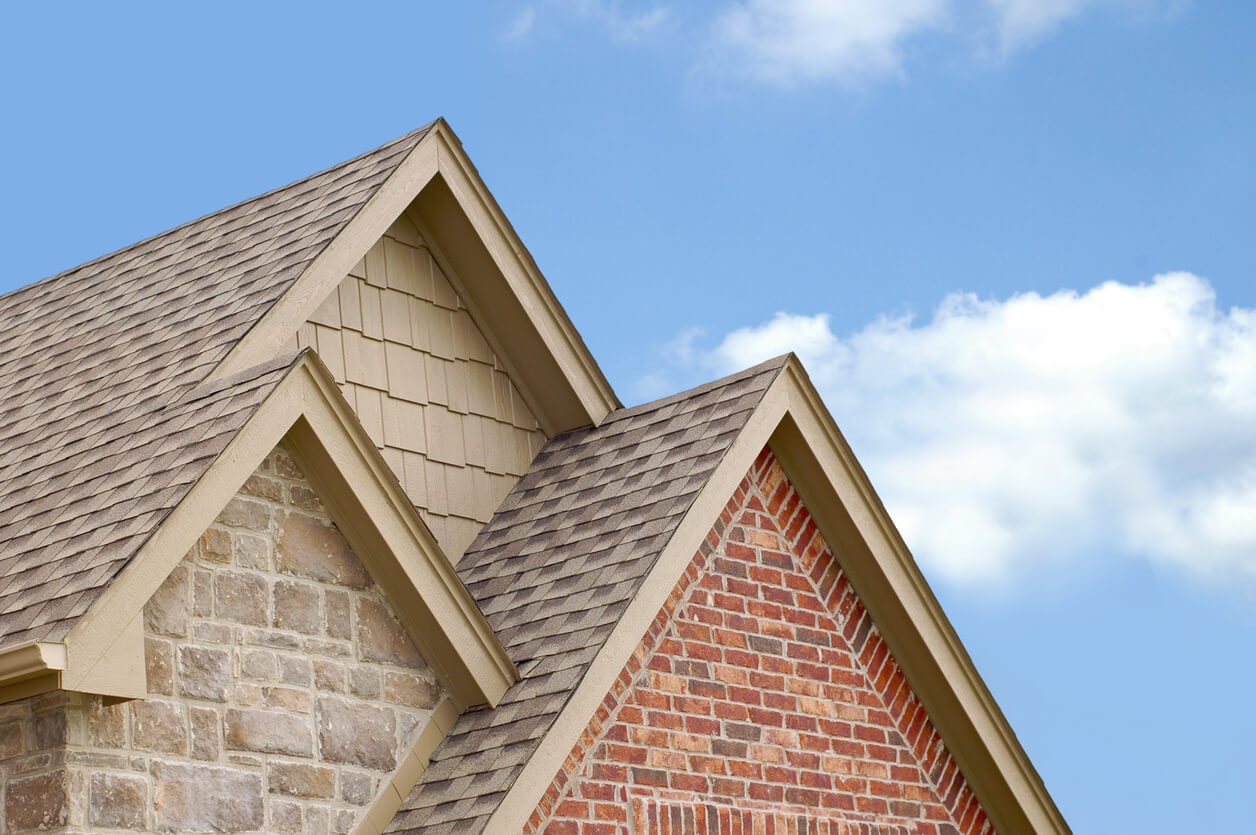

Articles
What Is A Gable Roof
Modified: February 24, 2024
Learn all about gable roofs in our informative articles. Discover the benefits, characteristics, and considerations of this popular roof style.
(Many of the links in this article redirect to a specific reviewed product. Your purchase of these products through affiliate links helps to generate commission for Storables.com, at no extra cost. Learn more)
Introduction
A gable roof is one of the most common and recognizable roofing styles used in residential and commercial construction. It is characterized by its steeply sloping sides and a triangular shape at the end, known as the gable. This type of roof has been around for centuries and continues to be a popular choice due to its practicality and aesthetic appeal.
In this article, we will explore the definition, characteristics, advantages, and disadvantages of a gable roof. We will also discuss common variations of gable roofs and important factors to consider when choosing this style for your building. Additionally, we will touch upon maintenance and repair tips to ensure the longevity of your gable roof.
Whether you are a homeowner considering a new roof or a construction professional looking to expand your knowledge, this article will provide valuable insights into the world of gable roofs.
Key Takeaways:
- Gable roofs offer excellent water drainage, ample attic space, and design versatility, making them a practical and visually appealing choice for residential and commercial buildings. Consider climate, architectural style, and maintenance when opting for a gable roof.
- Regular maintenance and timely repairs are crucial for the longevity and optimal performance of gable roofs. Conducting routine inspections, addressing leaks promptly, and seeking professional assistance when needed will ensure the integrity and durability of your gable roof.
Read more: What Is A Gable On A Roof?
Definition of a Gable Roof
A gable roof, also known as a pitched or peaked roof, is a roofing style that forms a triangular shape at the end of a building. It consists of two sloping sides that meet at a ridge in the middle, with the ends forming a gable. This type of roof is characterized by its steep slopes, which provide excellent drainage and snow shedding capabilities.
The gable roof design is simple yet effective, making it a popular choice for residential and commercial buildings. Its symmetrical shape allows for efficient construction and maximization of interior space. The steep slopes also help to create a visually appealing look, adding charm and character to the structure.
One of the defining features of a gable roof is the presence of a triangular wall, called the gable end, which is formed by the two sloping sides of the roof. This gable end can be left open or covered with materials such as siding or stucco, depending on the preferences and architectural style of the building.
Gable roofs are versatile and can be adapted to different architectural styles, from traditional to modern. They can be seen on a wide range of structures, including single-family homes, farmhouses, cottages, churches, and commercial buildings.
Overall, a gable roof is a classic and practical roofing style that combines functionality with aesthetic appeal. Its simplicity and versatility make it a popular choice for many homeowners and builders.
Characteristics of a Gable Roof
Gable roofs have several distinctive characteristics that set them apart from other roofing styles. Understanding these characteristics can help you identify and appreciate the design elements of a gable roof. Here are some key features:
- Steep Slopes: Gable roofs are known for their steeply sloping sides, typically at an angle between 30 to 45 degrees. This steep slope allows for effective drainage of water and ensures that snow can easily slide off the roof.
- Ridge: The two sloping sides of a gable roof meet at the top to form a ridge. This ridge acts as the highest point of the roof and provides structural support for the entire roof framework.
- Gable End: The ends of a gable roof form a triangular wall called the gable end. This is a visually striking feature that adds architectural interest to the building. The gable end can be left open or enclosed with materials like siding, stucco, or decorative trim.
- Eaves: Gable roofs have eaves, which are the edges of the roof that overhang beyond the walls of the building. The eaves protect the exterior walls from water runoff and provide shade and protection against the elements.
- Ventilation: Gable roofs offer excellent natural ventilation. The triangular shape and steep slopes allow hot air to rise and escape through the gable end, while cool air enters through the soffit vents under the eaves.
- Wide Span: Gable roofs are versatile and can be constructed over large spans without the need for additional supports or columns. This wide span capability is advantageous for open floor plans, large rooms, or buildings that require flexible interior spaces.
The combination of these characteristics gives gable roofs a distinct appearance and functional advantages. The steep slopes not only contribute to the roof’s ability to shed water and snow efficiently, but also provide a dramatic architectural element that enhances the overall aesthetic appeal of the building.
Advantages of a Gable Roof
Gable roofs offer several advantages that make them a popular choice for many homeowners and builders. Understanding these advantages can help you determine if a gable roof is the right choice for your building. Here are some key benefits:
- Excellent Water Drainage: The steep slopes of a gable roof allow for effective water drainage, preventing the accumulation of water and reducing the risk of leaks. This makes gable roofs ideal for areas with high rainfall or snowfall.
- Ample Attic Space: Gable roofs provide ample attic or storage space due to their steep slopes. This additional space can be utilized for extra living areas, storage, or even as a loft. It offers flexibility in the use of the building and allows for easy installation of HVAC systems and other utilities.
- Natural Ventilation: The triangular shape and steep slopes of a gable roof promote natural ventilation. Hot air rises to the top of the roof and escapes through the gable end, while cool air enters through the soffit vents. This helps regulate temperature and improve indoor air quality.
- Cost-Effective: Gable roofs are generally more cost-effective compared to complex roof designs. Their simple construction requires fewer materials and labor, resulting in lower upfront costs for homeowners or builders. Additionally, the spacious attic can reduce the need for additional heating or cooling, contributing to long-term energy savings.
- Design Versatility: Gable roofs offer design versatility and can complement various architectural styles, from traditional to contemporary. They can be customized with different roof pitches, materials, and decorative elements to suit individual preferences and enhance the overall aesthetics of the building.
- Durability: Gable roofs are known for their durability and longevity. The steep slopes and sturdy construction make them more resistant to wind damage compared to flat or low-sloped roofs. Additionally, the absence of flat areas reduces the risk of water pooling, which can cause deterioration and leaks over time.
These advantages make gable roofs a practical and attractive roofing option for residential and commercial buildings alike. Whether you prioritize functionality, cost-effectiveness, or design flexibility, a gable roof can meet your needs while adding value and beauty to your home or structure.
Disadvantages of a Gable Roof
While gable roofs have numerous advantages, they also come with some disadvantages that should be considered before choosing this roofing style for your building. Here are a few key drawbacks:
- Susceptibility to High Winds: Gable roofs, with their steep slopes and large gable ends, can be more susceptible to wind damage compared to other roofing styles. If not properly designed and constructed, the gable ends can act as a sail, catching wind and potentially causing structural issues during severe storms or hurricanes.
- Potential for Leaks: Although gable roofs are designed to shed water effectively, they can be prone to leaks if not properly installed or maintained. The intersection between the sloping sides and the gable end can be susceptible to water penetration, especially in heavy rain conditions or areas with ice dams. Regular inspections and maintenance are crucial to minimize the risk of leaks.
- Limited Energy Efficiency: Gable roofs, especially those with large attic spaces, can contribute to higher energy costs. The increased volume of the attic requires more heating or cooling to maintain comfortable temperatures. Proper insulation and ventilation are essential to mitigate energy loss and maintain energy efficiency.
- Height Restrictions: Gable roofs, with their steep slopes, can limit the height of the building’s upper level. This can impact the design and functionality of the space, especially in buildings where maximum height is desired, such as multi-story homes or commercial structures.
- Complex Roof Framing: Gable roofs with multiple gables, dormers, or other complex features can require more intricate roof framing, adding to the construction complexity and cost. Additionally, maintaining and repairing these complex roofing elements may be more challenging and time-consuming.
It is important to carefully consider these disadvantages in relation to your specific building and climate conditions before opting for a gable roof. Consulting with a professional architect or contractor can help you assess the feasibility and suitability of a gable roof for your project while addressing any potential drawbacks.
When constructing a gable roof, ensure that the pitch is steep enough to allow for proper water drainage and snow shedding. This will help prevent water damage and structural issues in the long run.
Read more: What Is A Reverse Gable Roof?
Common Variations of Gable Roofs
While the basic design of a gable roof features two sloping sides that meet at a ridge, there are several variations and modifications that can add unique characteristics and architectural interest. Here are some common variations of gable roofs:
- Front-Gabled Roof: In a front-gabled roof, the gable end faces the front of the building. This creates a prominent and visually appealing facade, making it a popular choice for traditional and colonial-style homes.
- Side-Gabled Roof: In a side-gabled roof, the gable end faces either the left or right side of the building. This variation provides design flexibility and can be incorporated into various architectural styles.
- Cross-Gabled Roof: A cross-gabled roof features multiple gables intersecting each other at different angles, creating a more complex and visually dynamic roofline. This style is often seen in larger homes or buildings with multiple wings or sections.
- Dutch Gable Roof: The Dutch gable roof is a hybrid style that combines elements of both gable and hip roofs. It features a gable end along with small hip roof sections on either side. This design adds a touch of elegance and provides additional attic space.
- Gablet Roof: A gablet roof, also known as a box gable roof, features a small gable on top of the main gable roof. This architectural element adds charm and character to the roofline and is commonly seen in Tudor and Gothic-style buildings.
- J-Shape Gable Roof: A J-shape gable roof is characterized by its curved or swept shape. It is often used in contemporary or modern architecture to create a unique and striking visual effect.
These variations offer opportunities to customize the appearance of a gable roof and tailor it to suit different architectural preferences. Each style lends a different aesthetic and can enhance the overall design and curb appeal of a building.
When considering which variation of a gable roof is best for your project, it is important to take into account factors such as the architectural style, climate conditions, and desired visual effect. Consulting with a professional architect or roofing specialist can provide valuable insights and help you make an informed decision.
Factors to Consider When Choosing a Gable Roof
When selecting a roofing style for your building, there are several important factors to consider, especially when opting for a gable roof. Taking these factors into account will help ensure that you make an informed decision that meets your needs and aligns with the specific requirements of your project. Here are some key factors to consider:
- Climate: The climate of your location plays a crucial role in choosing a gable roof. Gable roofs are particularly suitable for areas with high rainfall or snowfall due to their steep slopes and efficient water drainage capabilities. However, if you live in an area prone to high winds or hurricanes, additional structural measures may need to be taken to reinforce the gable ends and enhance the roof’s wind resistance.
- Architectural Style: Consider the architectural style of your building when choosing a gable roof. Gable roofs are versatile and can be adapted to various architectural styles, from traditional to modern. Ensure that the selected gable roof design complements the overall aesthetic of your building and enhances its curb appeal.
- Building Size and Shape: The size, shape, and layout of your building are important factors to consider. Gable roofs work well on a wide range of building sizes, but they may have height restrictions and limited suitability for buildings with complex shapes or irregular floor plans. Ensure that the gable roof design is compatible with the size and shape of your building to optimize its functionality and visual appeal.
- Cost and Budget: Your budget and cost considerations will influence the choice of roofing style. Gable roofs are generally cost-effective compared to more complex roof designs, but the overall cost will depend on factors such as roof size, materials used, and any additional features or customization. Consider both the upfront costs and long-term maintenance requirements when evaluating the affordability of a gable roof.
- Maintenance and Repair: Like any roofing system, gable roofs require regular maintenance and occasional repairs. Consider the maintenance requirements and costs associated with a gable roof, including inspections, cleaning, gutter maintenance, and any necessary repairs to the gable ends or roof components. Proper maintenance will ensure the longevity and durability of your gable roof.
By considering these factors, you can make an informed decision when choosing a gable roof for your building. It is also recommended to consult with a professional architect or roofing specialist who can provide guidance specific to your project and location. Their expertise will help you select the most suitable gable roof design that aligns with your preferences, meets your requirements, and offers long-lasting performance.
Maintenance and Repairs for Gable Roofs
To ensure the longevity and optimal performance of your gable roof, regular maintenance and prompt repairs are essential. By taking proactive measures, you can prevent potential issues, prolong the lifespan of your roof, and avoid costly repairs down the line. Here are some important maintenance and repair tips for gable roofs:
- Inspect the Roof: Regularly inspect your gable roof for any signs of damage, wear, or deterioration. Look for cracked or missing shingles, damaged flashing, loose or damaged gutters, and any signs of water infiltration. Catching these issues early will help prevent further damage to your roof and the underlying structure.
- Clean Gutters and Downspouts: Keep your gutters and downspouts clean and free from debris to ensure proper water drainage. Clogged gutters can lead to water overflow, damaging the roof and causing leaks. Regularly remove leaves, branches, and other debris from the gutters to prevent clogs.
- Trim Trees: Trim any overhanging branches near your gable roof. Overhanging branches can scratch or damage the roofing materials, and falling branches during storms or high winds can cause significant damage to your roof. Trimming trees will help protect your roof from potential hazards.
- Address Leaks Promptly: If you notice any signs of a leak, such as water stains on ceilings or walls, dampness in the attic, or dripping water, address them promptly. Locate the source of the leak and repair it to prevent further damage to the roof structure and interior of your building.
- Regularly Clean and Remove Debris: Clean your roof surface periodically, removing any debris such as leaves, branches, or moss. This will help prevent moisture retention and the growth of algae or moss, which can deteriorate the roofing materials over time.
- Check and Secure Flashing: Inspect the flashing around chimneys, vents, and other roof penetrations. Ensure that the flashing is properly sealed and secure. Damaged or loose flashing can allow water to enter the roof and cause leaks. Repair or replace any damaged flashing as necessary.
- Address Wind Damage: If your gable roof has experienced wind damage, such as loose or missing shingles, damaged ridge caps, or lifted edges, address the issue promptly. Secure loose components and replace damaged materials to maintain the integrity of your roof.
When it comes to maintenance and repairs for your gable roof, it is advisable to seek professional assistance. Roofing experts can conduct thorough inspections, identify potential problems, and provide the appropriate repairs or maintenance services. Regular maintenance and timely repairs will help maximize the lifespan of your gable roof and ensure that it continues to protect your building for years to come.
Conclusion
Gable roofs are an enduring and popular choice for both residential and commercial buildings. Their steep slopes, distinctive gable end, and efficient water shedding capabilities make them not only functional but also visually appealing. Understanding the definition, characteristics, advantages, and disadvantages of gable roofs can help you make an informed decision when selecting a roofing style for your building.
With their excellent water drainage, ample attic space, natural ventilation, and design versatility, gable roofs offer numerous advantages. They are cost-effective, durable, and customizable to suit various architectural styles. However, it is important to consider factors like climate, architectural style, building size and shape, budget, and maintenance requirements when choosing a gable roof for your project.
Regular maintenance and timely repairs are essential for the longevity and optimal performance of gable roofs. Conducting routine inspections, cleaning gutters, addressing leaks promptly, and maintaining flashing are essential maintenance tasks. By taking proactive measures and seeking professional assistance when needed, you can ensure the integrity and durability of your gable roof.
In conclusion, gable roofs combine functionality, aesthetics, and practicality. They offer excellent water drainage, ample space, and design versatility. While they have some limitations and require regular maintenance, their benefits outweigh the drawbacks in many cases. Whether you prefer a traditional front-gabled roof or a contemporary J-shaped gable, choosing a gable roof can enhance the overall appeal and value of your building.
When deciding on a roofing style, consider the specific needs and requirements of your project, and consult with professionals to ensure that a gable roof is the right choice for you. With proper design, construction, and maintenance, a gable roof can provide reliable protection and make a lasting impression for years to come.
Frequently Asked Questions about What Is A Gable Roof
Was this page helpful?
At Storables.com, we guarantee accurate and reliable information. Our content, validated by Expert Board Contributors, is crafted following stringent Editorial Policies. We're committed to providing you with well-researched, expert-backed insights for all your informational needs.
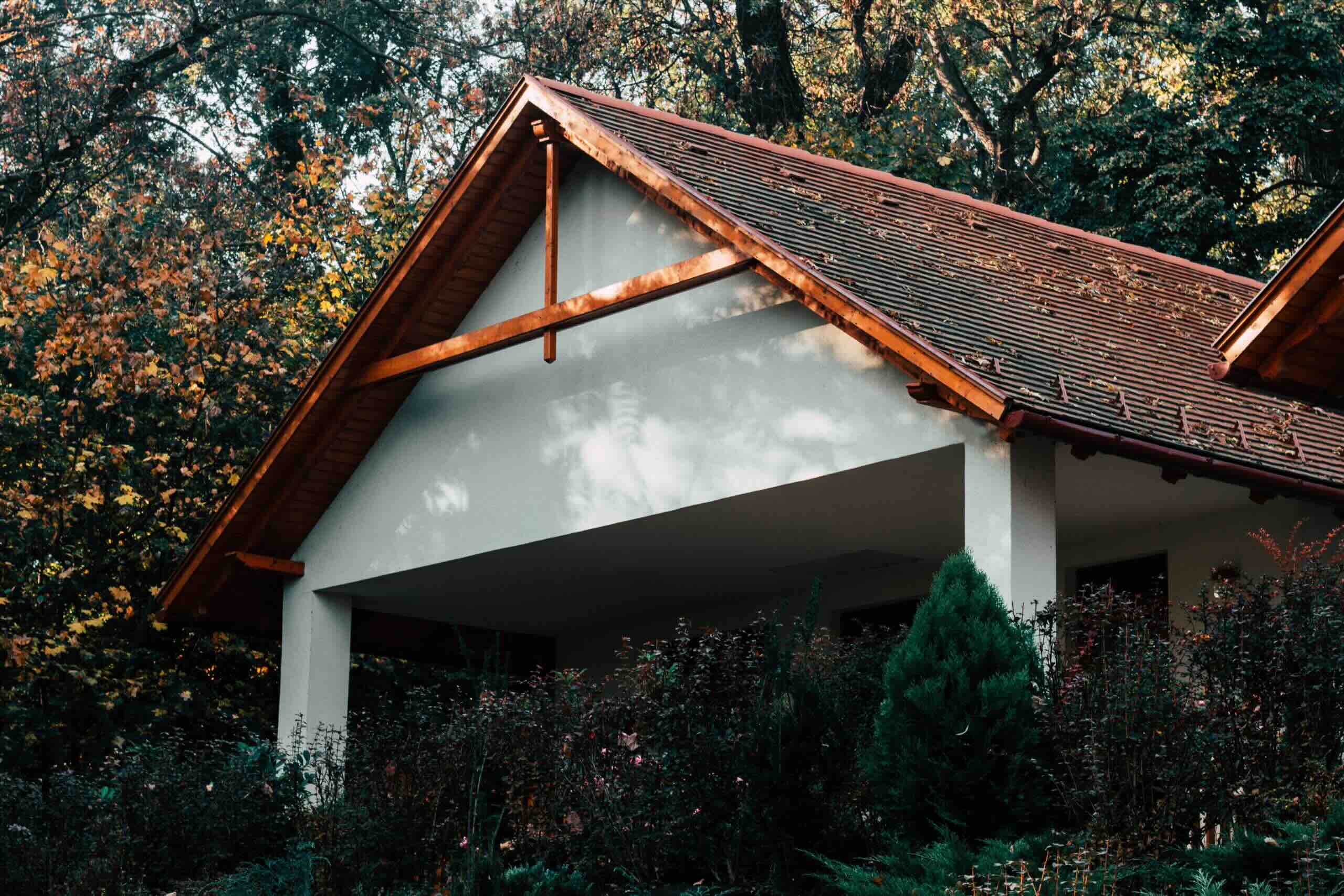
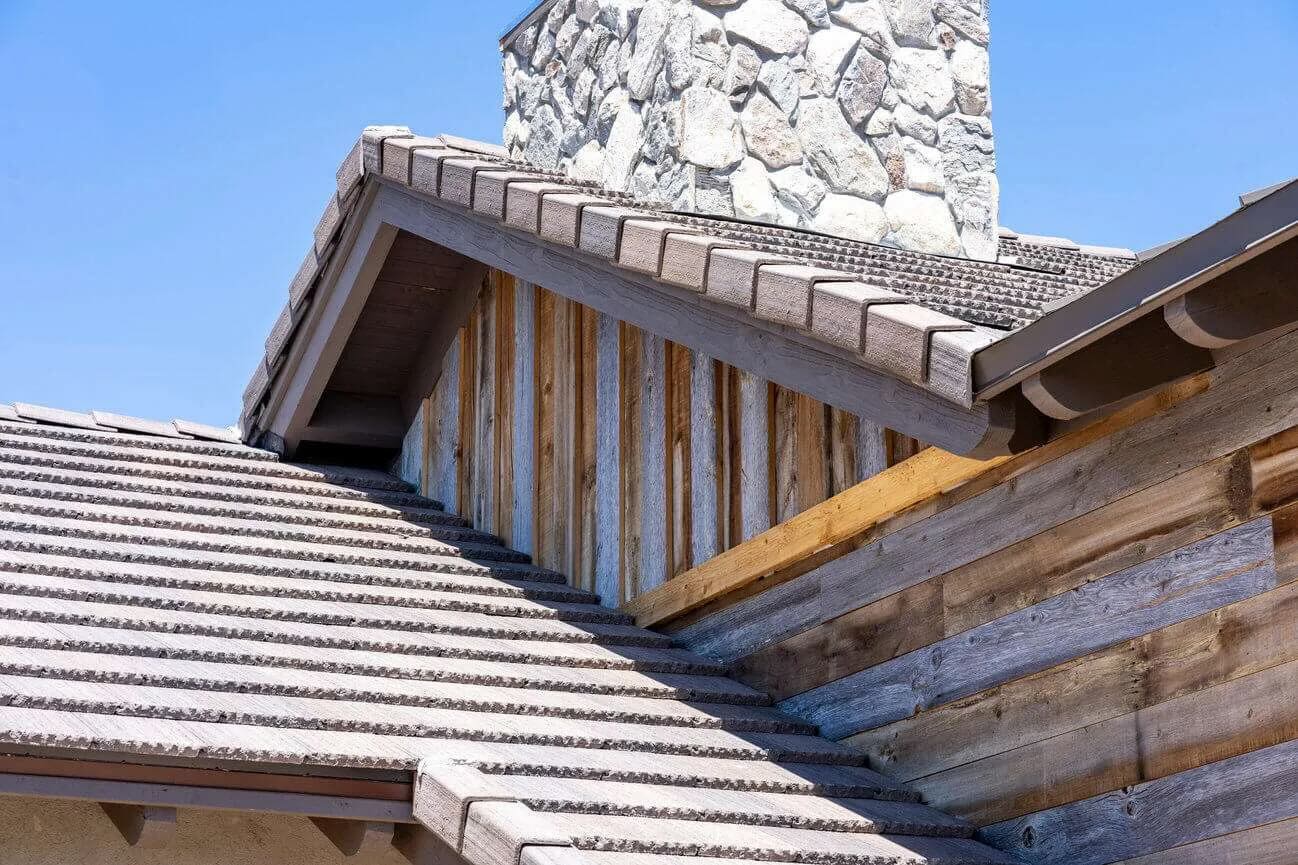
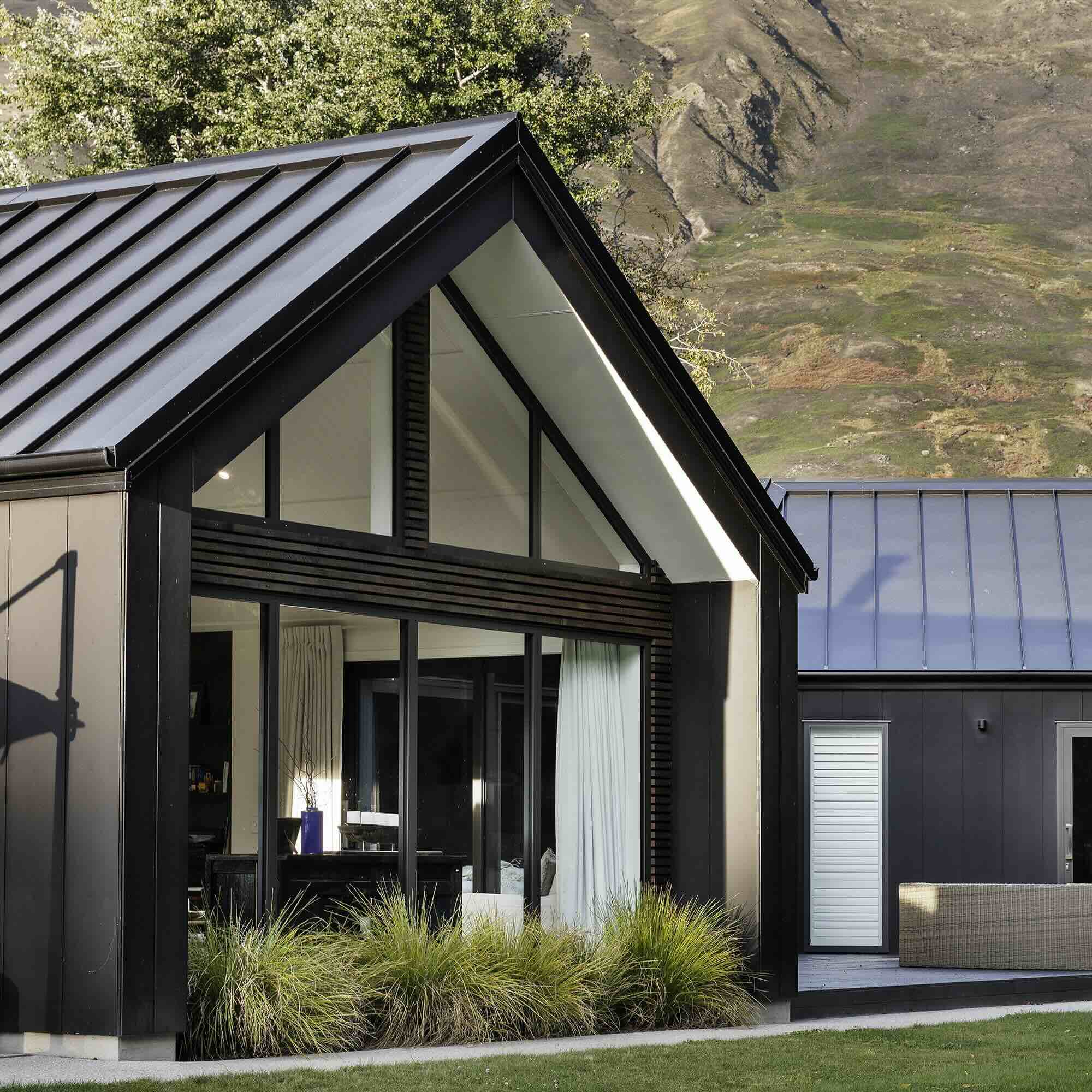
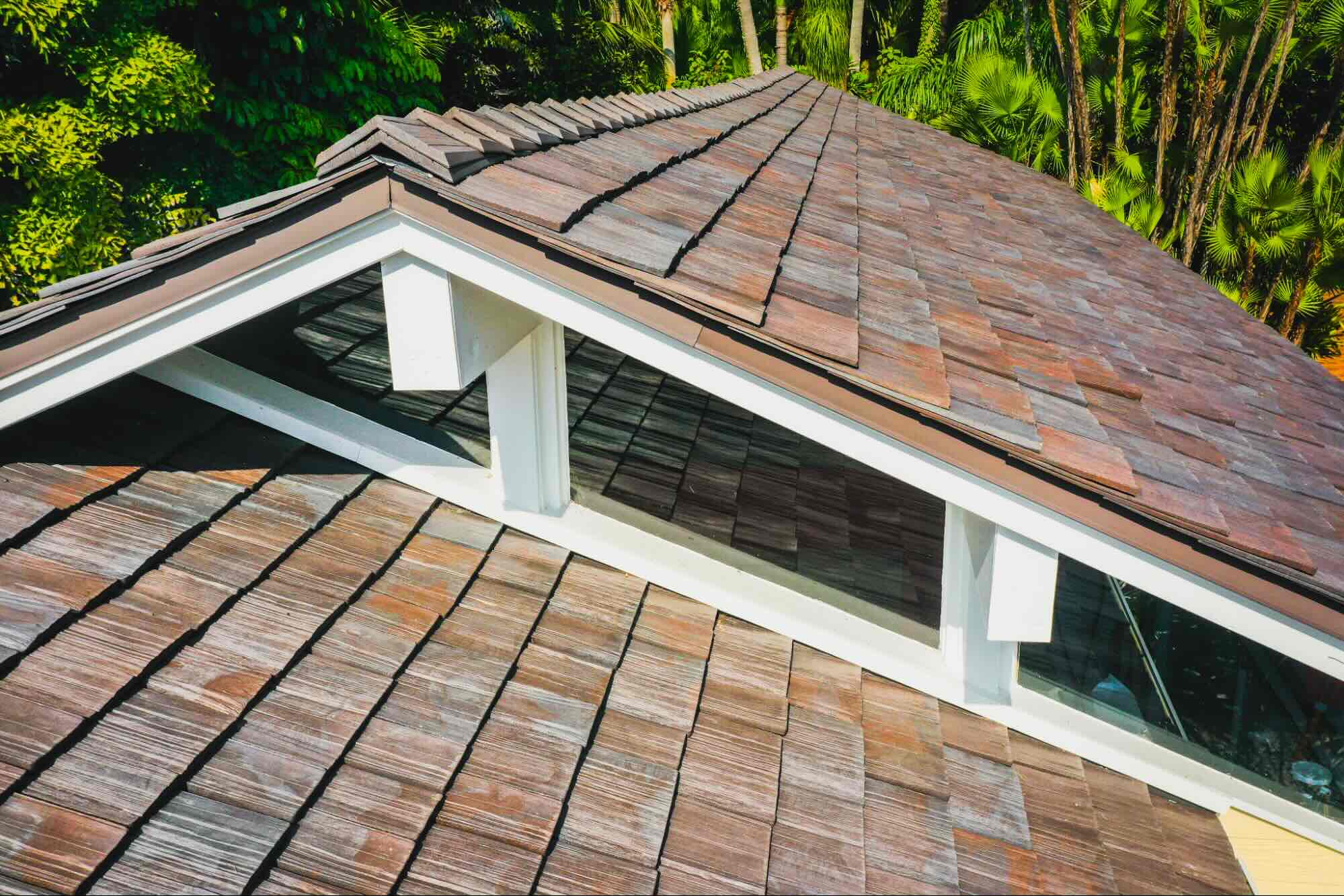
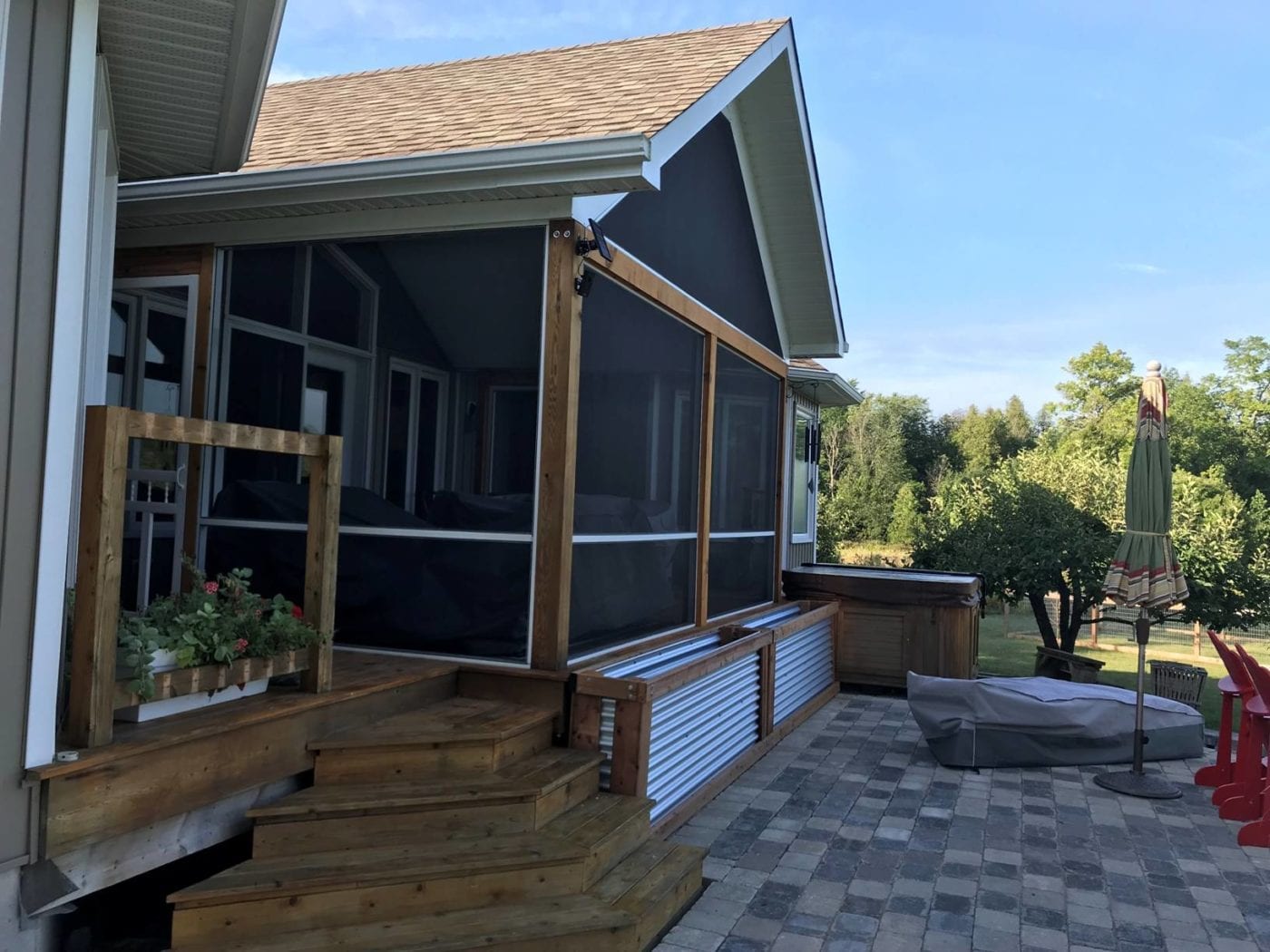
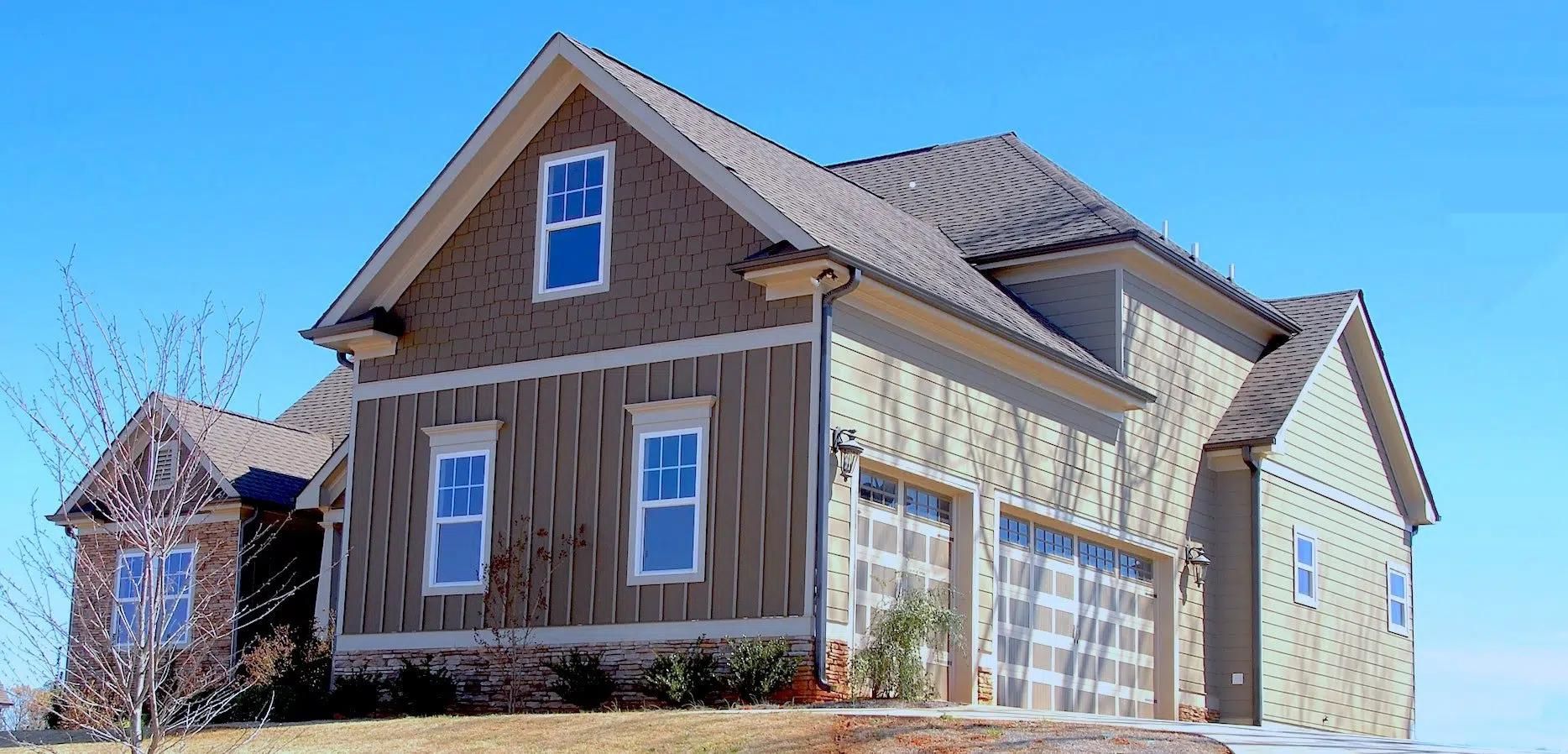
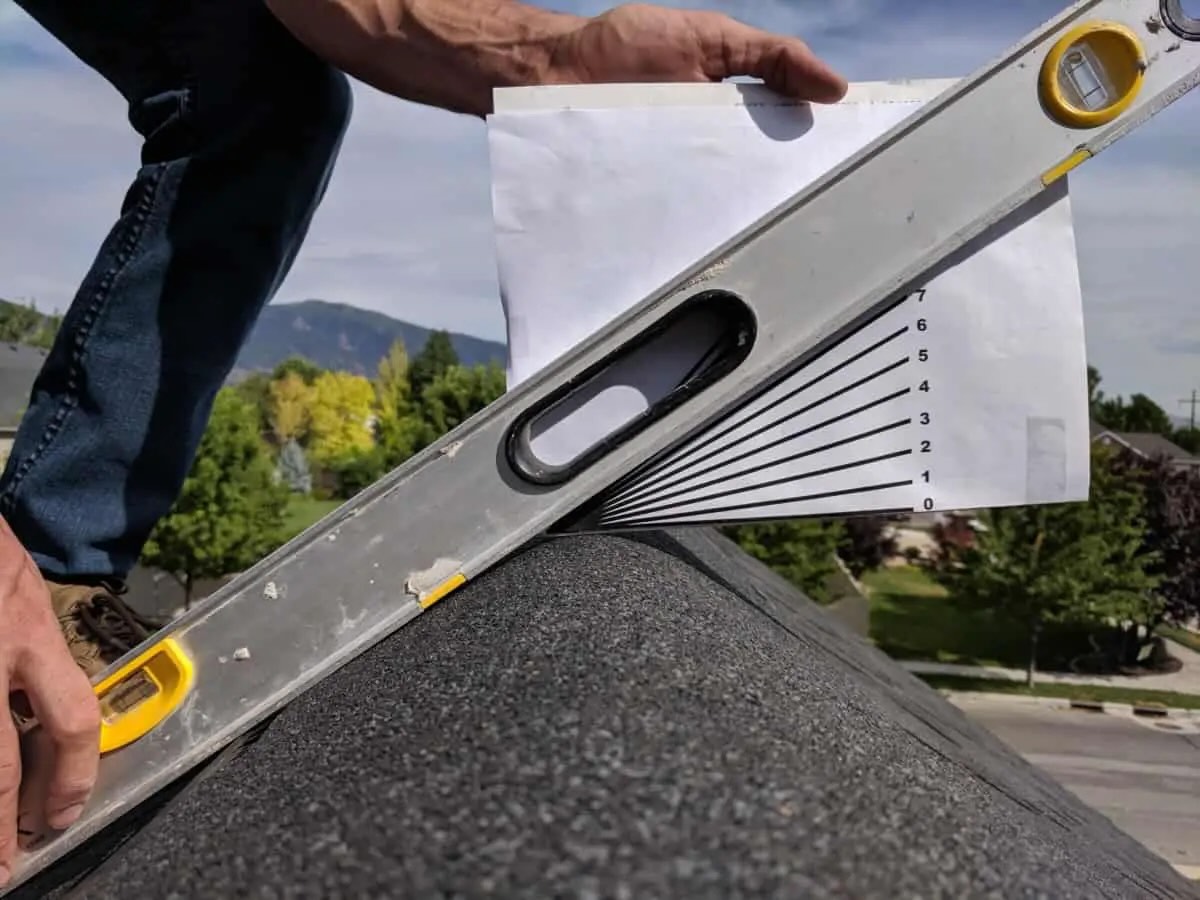
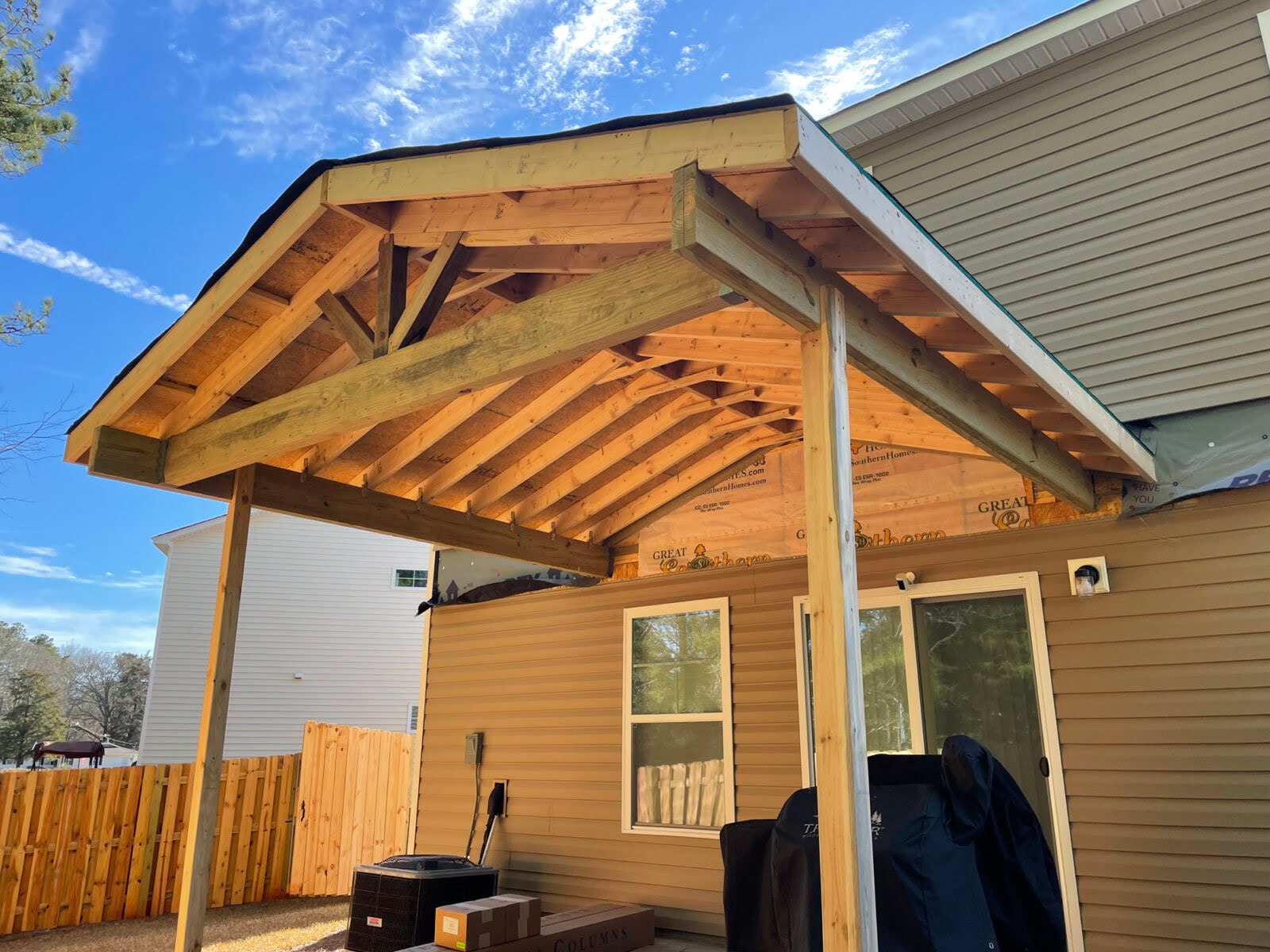
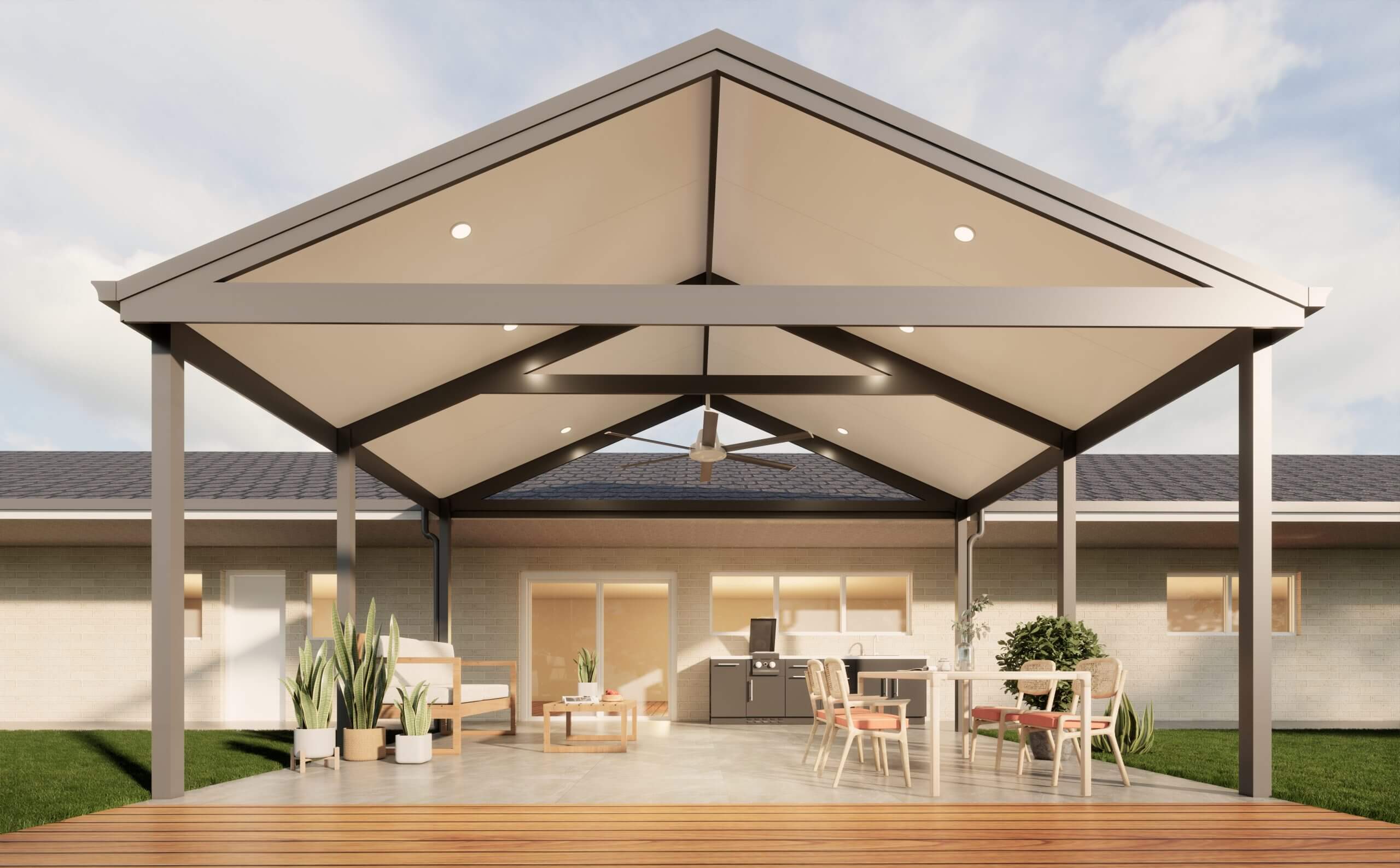
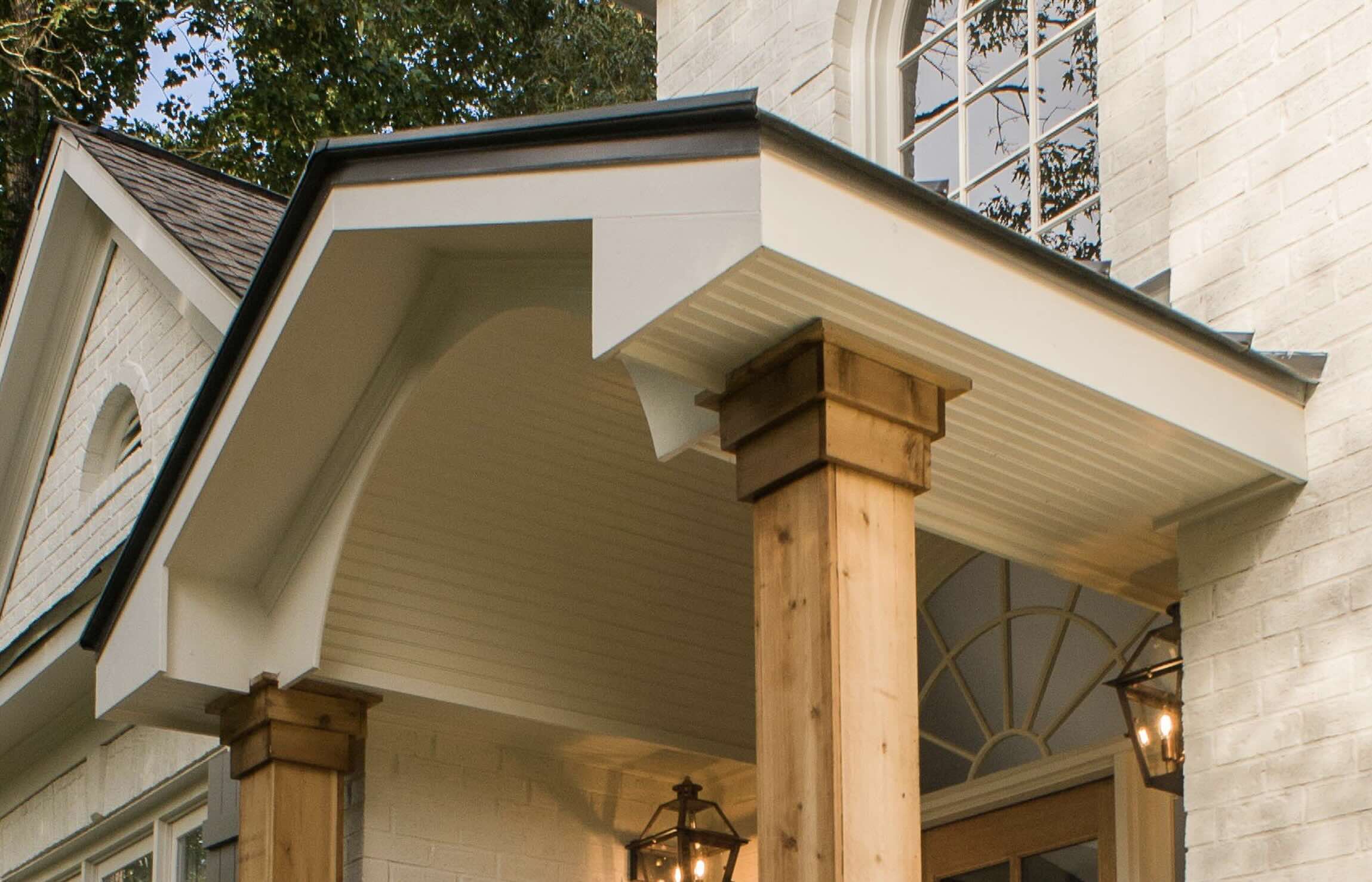
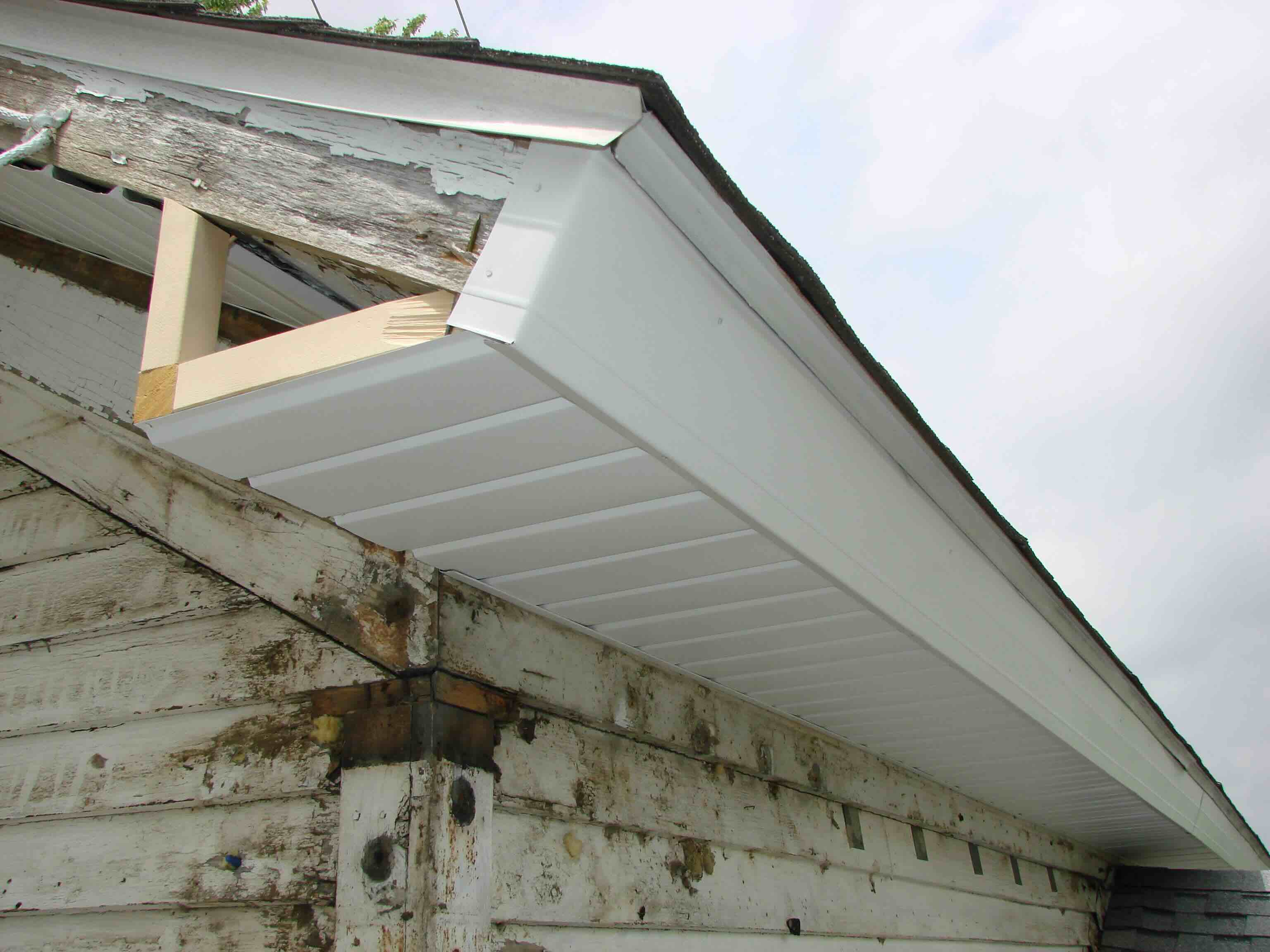

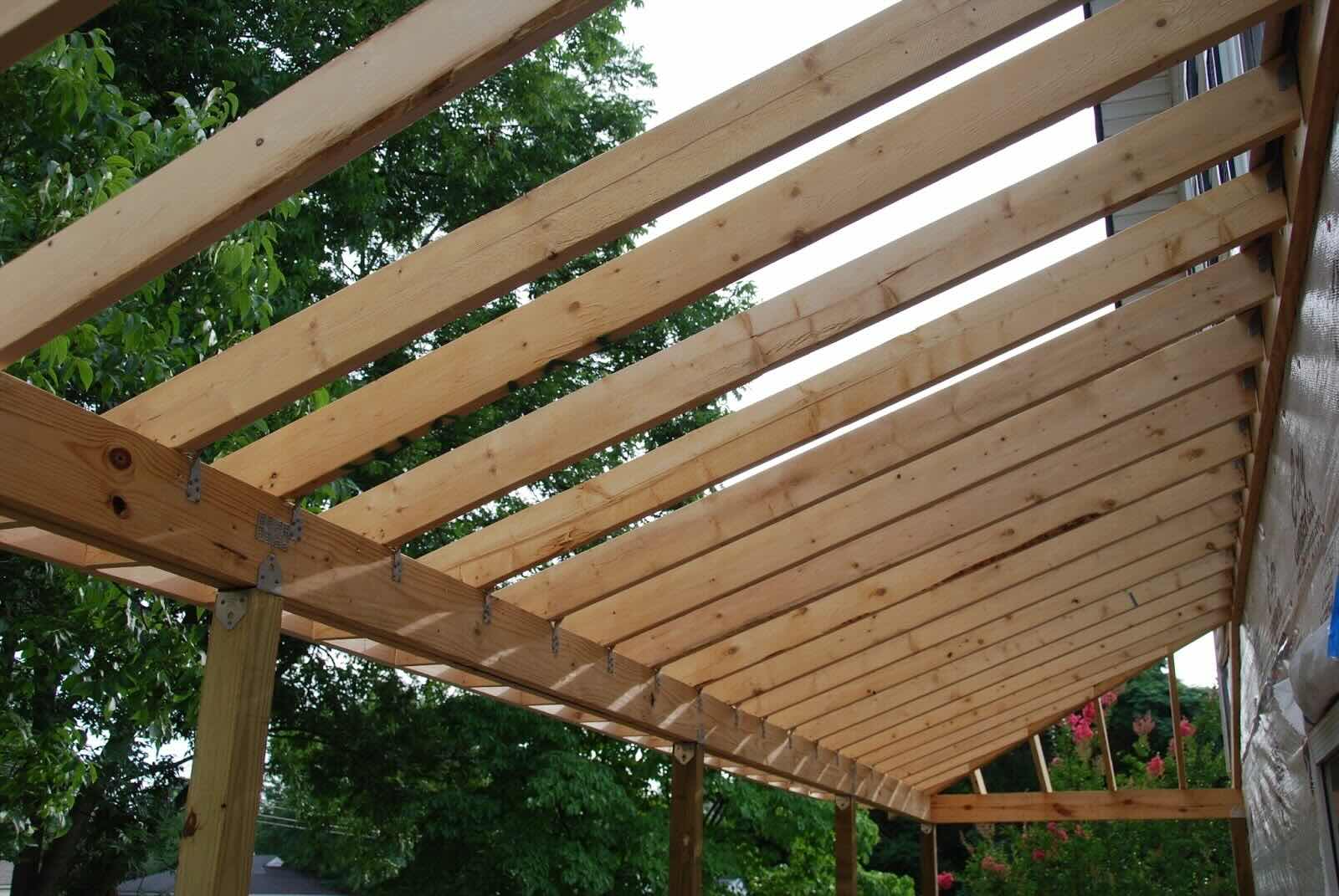
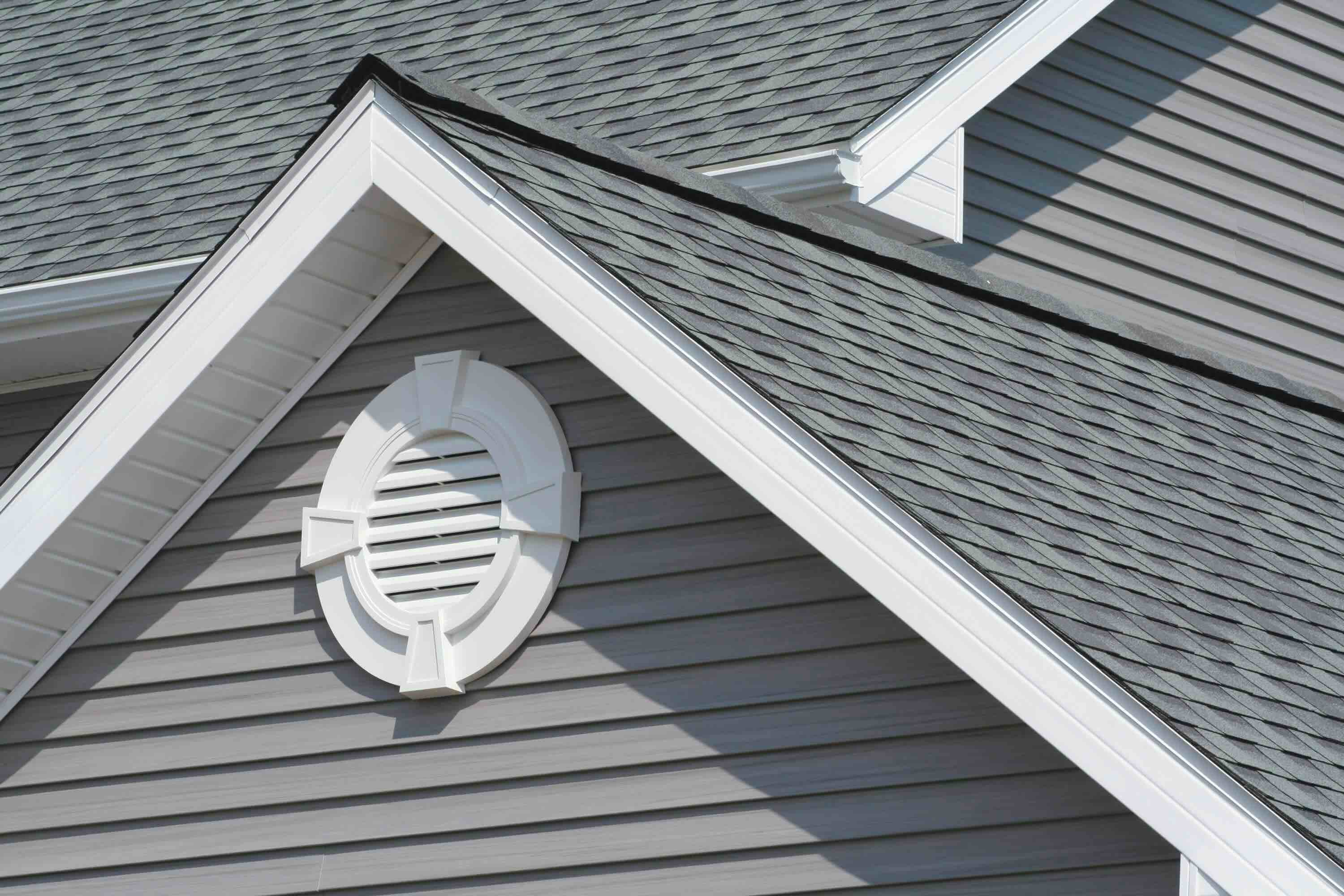

0 thoughts on “What Is A Gable Roof”